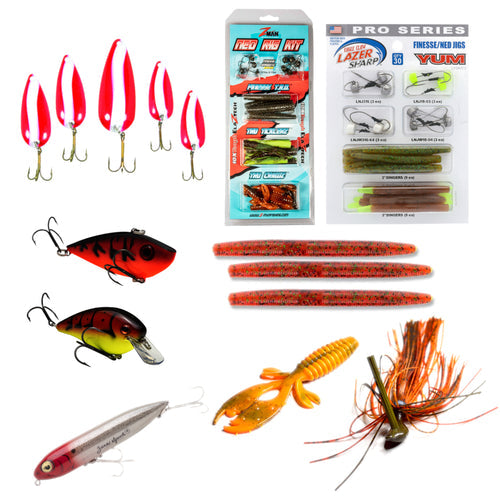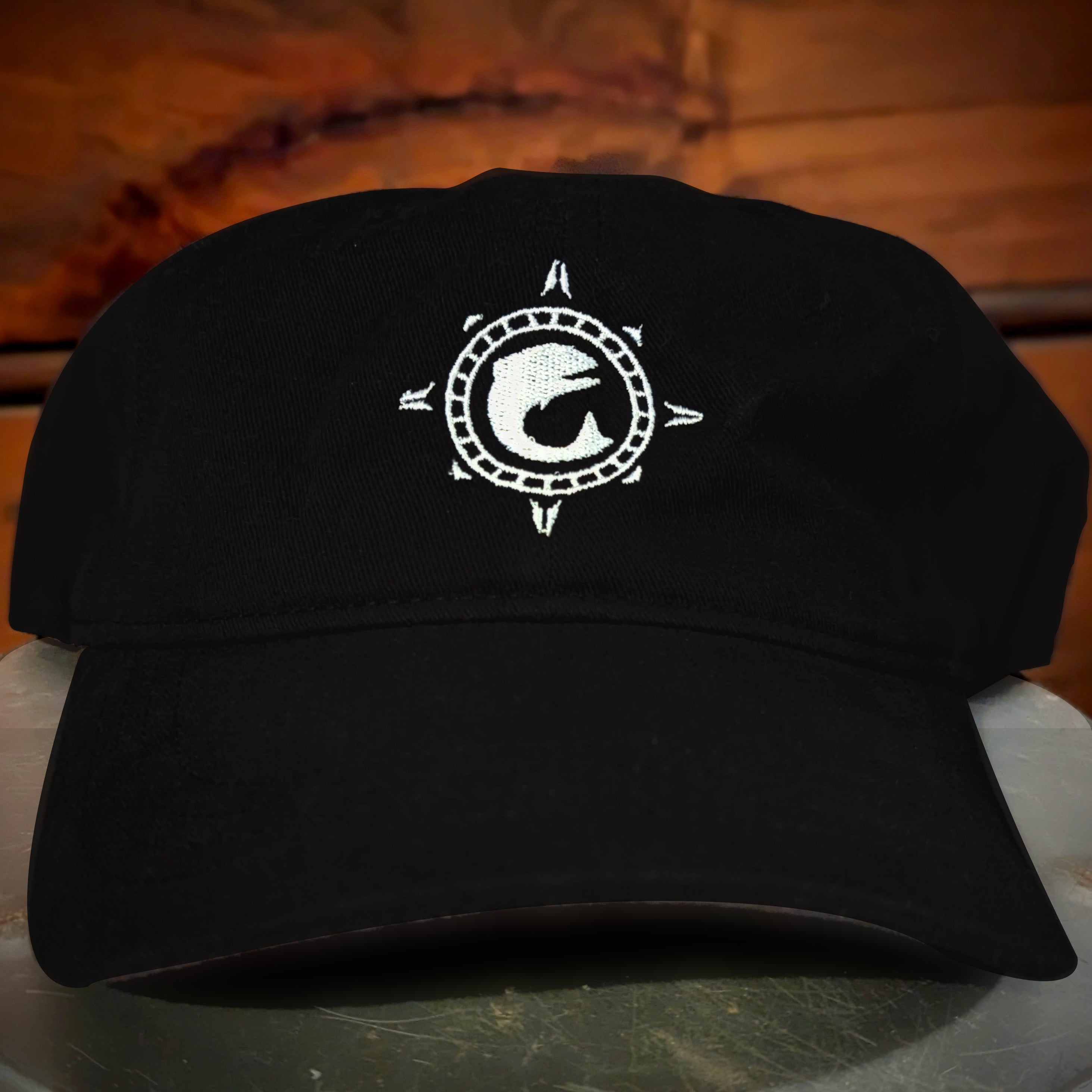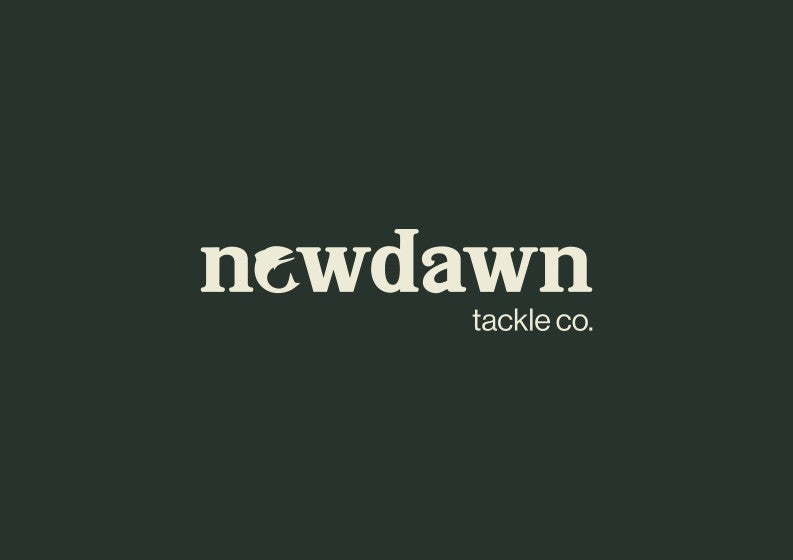
An Angler's Guide to Red and Orange Fishing Lures
Neil ColicchioShare
This is the third in a series of blog posts about lure selection. The series' primary focus is lure color, though I'll do my best to include some recommendations on specific lures or lure styles that really allow these colors to perform at their best. If you haven't already read the first two posts in this series, you can find them on the Fishing Tips and Tutorials blog. So far, I've covered chartreuse and metallic lures.
This post will cover a combination of colors that I've been trying to incorporate more into my rotation - red and orange. I debated whether or not to lump these in with chartreuse, but they're important enough to earn their own spot in this series.
These colors can do far more than just imitate molting crawfish, though they're quite capable of that task. Among the other species that red and orange colors can mimic are sunfish, salmon eggs, newts, salamanders, beetles, mayflies, and worms. This range of prey items appeals to a similarly diverse mix of predators, including largemouth and smallmouth bass, pike and pickerel, perch, trout, walleye, and catfish.
Like other lure colors, the effectiveness of red and orange varies by season and target species. There are a few scenarios where these colors really put in work.
Spring: During the pre-spawn and spawning periods, fish are more territorial. Colors like red or orange can easily trigger a reaction strike from fish that mistake a brightly-colored lure for a competitor.
Summer: Rising water temperatures cause fish metabolism to rise while also contributing to plant and algae growth. Low visibility and active feeding call for vibrant lures that give predatory fish an easy target.
Fall: With winter approaching, fish begin feeding heavily on prey items like fish eggs and juvenile fish.
Winter: Cold and icy conditions mean slower fishing for most species. Red and orange lures can still be effective for species like trout and perch that remain active in deeper water.
As with chartreuse, the ability of reds and oranges to stand out against different backgrounds makes them effective in situations where light and visibility are limited. There is a limit to both colors' effectiveness past a certain depth, but it's not likely to present an issue for the average freshwater angler. As the National Oceanic and Atmospheric Administration (NOAA) explains it, red has the longest wavelength of the colors in the visible light spectrum, followed by orange. At depths of 100 meters or greater, red appears blackish because red light cannot penetrate that deep.
Practically speaking, red and orange should both be plenty visible in most freshwater fishing situations. For example, soft plastics and crankbaits should have no issue mimicking molting crawfish in the shallows. Stickbaits, grubs, and worms should show up just fine around shallow cover and docks as well. For fish that hang out in slightly deeper water, red patterns are consistently effective on spoons.
I can't speak or write at great length about all the benefits of red and orange lures, but I'm sure there are generations of anglers who'd be happy to vouch for them. Do you have parents or grandparents who fish? I bet you'll find an older friend or family member who swears by a red and white Daredevle-style spoon; they're one of a few lures that my dad readily ties on and uses for bass, pickerel, and more. Do you have a friend or a cousin who's a bass fishing fiend? Ask them what color cranks they throw in the springtime; I'll bet orange is among their top 3 choices. Trying to get into some trout action before the waters get too hot? Pay attention to trout fishing groups and forums; you'll soon be a believer in the power of spoons. You might even come to the dark side and start fishing dough baits.
As I expand my own personal palette, I'll include my latest experiments on the blog and on future podcast episodes. If there's a color you'd like me to feature in a future post, drop a comment below. If you're enjoying the colors I've featured so far, show some love on Instagram and Facebook. Until then, tight lines and happy fishing!
Neil Colicchio
Owner, New Dawn Tackle Co.



